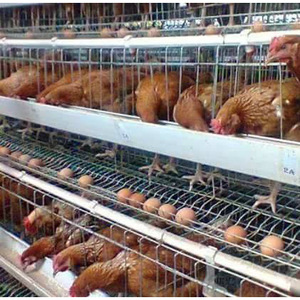Temperature management points during chick breeding
- font size
- Be the first to comment!
Temperature is directly related to feed intake, water intake, digestion and absorption, various physiological activities in the body, and resistance to disease.
The chicks are transported into the house for 3 hours after long-distance transportation, and the house temperature should be 38 °C ~ 39 °C. This is because the space, density, air, temperature and time of the transporter are not standardized. Most of them are squeezed together and are half-sleeping. Therefore, after the chicks are unloaded into the house, they are bumpy, dehydrated and stressed. Cold, lack of oxygen and other reasons are difficult to adapt for a while, improve the temperature.

Quickly alleviate this problem, so that the young chicks can move and rest evenly. After 3 hours, the chicks should be given water. The room temperature should be at 37 °C after 2 to 3 days, and the temperature should be between 35 °C and 36 °C for 2 to 3 days. The temperature should be controlled at 33 °C to 34 °C for 4 to 7 days. Until it drops to 21 °C.
It is worth noting that the position of the thermometer is different, which leads to a large error. Therefore, the distribution of the chicks is a sign to determine whether the temperature is suitable. The temperature is suitable for the chicks to be evenly distributed and free to move; the temperature is too low, the chicks are tied together, close to The heat source is screaming; the temperature is high, the chicks will stay away from the heat source, breathe in the mouth, and drink plenty of water in poultry farming equipment for sale.


